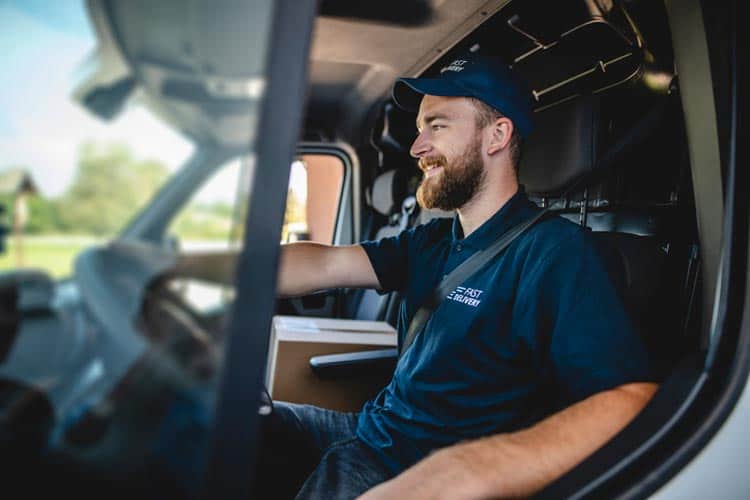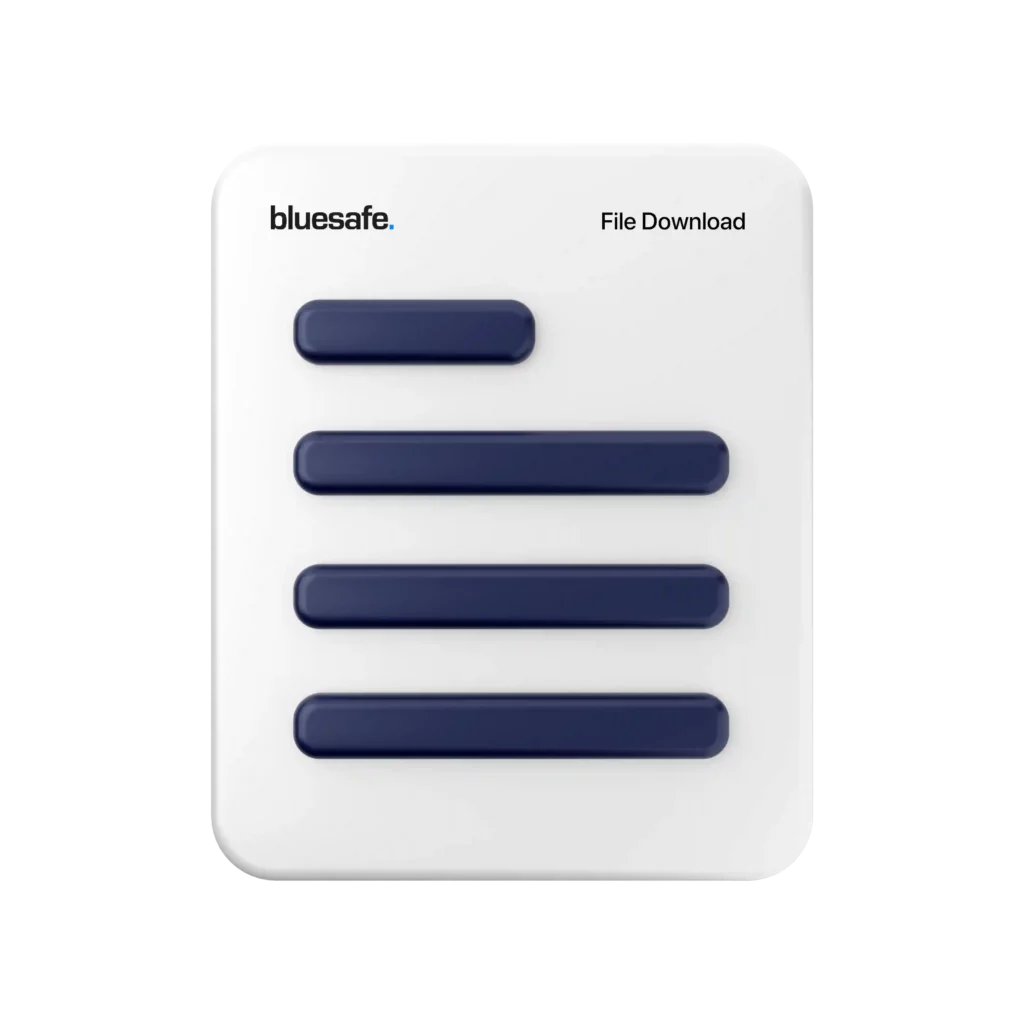Introducing our Safe Work Method Statement Template for Vehicles – the comprehensive solution to ensure that your construction project runs smoothly and safely. We understand the importance of safety in the workplace, and our SWMS template is designed to help you create a safe work environment for your team.
Here are the key features of our SWMS template for Vehicles:
- Pre-filled and Comprehensive: Our SWMS template is pre-filled with all the necessary information to ensure that you’re covered. It covers all aspects of the project, from the scope of the work to the required PPE.
- Fully editable and customisable in Microsoft Word format: Our template is fully editable, allowing you to make changes as needed. It’s provided in Microsoft Word format for easy editing.
- Includes the scope of the project and the project details: Our template includes a detailed description of the project, outlining what needs to be done and how.
- Includes checklist of any high-risk machinery on site: Our SWMS template includes a checklist of any high-risk machinery that will be used on site. This helps ensure that all necessary safety precautions are taken.
- Includes space for recording any staff training: Our template includes a section for recording any staff training. This ensures that everyone is properly trained and knows how to operate machinery and equipment safely.
- Includes before and after risk ratings: Our SWMS template includes a section for recording before and after risk ratings. This helps you monitor the effectiveness of your safety procedures.
- Includes resources for use of legislative references: Our template includes resources for the use of legislative references. This ensures that you’re meeting all necessary regulations and requirements.
- Includes all PPE required: Our SWMS template includes a list of all required PPE. This ensures that everyone on site is properly equipped to work safely.
- Includes risk assessment and risk assessment matrix: Our template includes a risk assessment and risk assessment matrix. This helps you identify and mitigate potential hazards.
- Includes a checklist to ensure all requirements have been covered when implementing the SWMS: Our template includes a checklist to ensure that all requirements have been covered when implementing the SWMS. This helps ensure that no safety precautions are missed.
- Includes sign-off page for all workers and responsible persons: Our SWMS template includes a sign-off page for all workers and responsible persons. This helps ensure that everyone is aware of the safety procedures and has agreed to follow them.
- Easy to use, easy to customise: Our SWMS template is easy to use and easy to customise. It’s designed to make safety compliance as easy as possible.
- Suitable for large contracts and tenders, including tier 1 contractual work: Our template is suitable for large contracts and tenders, including tier 1 contractual work. It’s designed to meet the highest safety standards.
- Instantly delivered download: Our SWMS template is available as an instantly downloadable file. This means that you can get started on your safety compliance right away.
Our Safe Work Method Statement Template for Vehicles will help you create a safe and compliant work environment. It’s a comprehensive solution that’s easy to use and customisable to your specific needs. So why wait? Download our template today and start prioritising safety on your construction project.
Here is some safety information regarding the use of vehicles.
Hazard identification
- Identify any hazards associated with the use of vehicles in the workplace, such as collisions, rollovers, and pedestrian accidents.
Risk assessment
- Assess the likelihood and potential consequences of each identified hazard.
- Determine the risk level and develop appropriate control measures to mitigate the risk.
Control measures: Develop control measures to eliminate or reduce the risk of hazards associated with the use of vehicles in the workplace. Control measures may include:
- Providing appropriate training to employees who operate vehicles.
- Ensuring vehicles are maintained and regularly inspected for safety.
- Implementing traffic management plans and signage to ensure safe movement of vehicles in the workplace.
- Providing personal protective equipment (PPE) such as high-visibility clothing and hard hats for employees working in areas where vehicles are present.
- Establishing safe work procedures for loading and unloading of vehicles.
Implementation
- Ensure that all control measures are implemented and communicated to all relevant employees.
- Conduct regular safety audits to ensure that the control measures are effective and being followed.
Review and update
- Review procedures regularly to ensure they remain current and relevant.
- Update the procedures as necessary to reflect changes in the workplace or in OHS legislation and regulations.
By creating safety procedures for using vehicles, employers can ensure the safe use of vehicles in the workplace and protect the health and safety of their employees.
Gary’s Safety Tips 
Hey there, it’s great to be talking about a topic that is very important for all business owners, especially those in industries that involve manual labour. Today, we’ll be discussing how to ensure compliance with Safe Work Method Statements (SWMS) in your workplace.
Firstly, let me start by saying that safety should always be the number one priority in any workplace. As a business owner, it is your responsibility to provide a safe working environment for your employees. This is where SWMS comes in.
SWMS is a document that outlines the hazards and risks associated with a particular task or job, and the controls that need to be implemented to minimise or eliminate those risks. This document is a legal requirement in Australia and failure to comply with SWMS regulations can result in hefty fines or even imprisonment.
So, how can you ensure compliance with SWMS in your workplace?
The first step is to ensure that you have a SWMS in place for every task that involves a risk of injury or illness. This includes tasks such as working at heights, using machinery, handling hazardous materials, and working in confined spaces. It is important that the SWMS is tailored to the specific task and reflects the risks associated with that task.
Once you have a SWMS in place, the next step is to ensure that your employees are trained in the contents of the document and understand their responsibilities in implementing the controls outlined in the SWMS. This training should be provided to all employees who are involved in the task, and should be ongoing to ensure that everyone is up to date with any changes to the SWMS.
It’s also important to ensure that your employees have the necessary equipment and resources to implement the controls outlined in the SWMS. This includes providing personal protective equipment (PPE) such as hard hats, safety glasses, and gloves, as well as ensuring that all machinery and equipment is regularly serviced and maintained.
Regular monitoring and review of the SWMS is also crucial in ensuring compliance. This includes regular inspections of the workplace to ensure that the controls outlined in the SWMS are being implemented correctly, and that any issues or hazards are identified and addressed promptly.
In addition, it is important to have a system in place for reporting and investigating incidents or near-misses. This includes ensuring that all incidents are reported and investigated thoroughly, and that corrective actions are implemented to prevent similar incidents from occurring in the future.
Finally, it’s important to stay up to date with any changes to SWMS regulations or industry standards. This includes regularly reviewing and updating your SWMS to ensure that it reflects any changes in legislation or industry best practices.
In conclusion, ensuring compliance with SWMS is crucial in providing a safe working environment for your employees and avoiding potential legal and financial consequences. By implementing the steps outlined above, you can ensure that your workplace is compliant with SWMS regulations and that your employees are able to work safely and confidently. Remember, safety should always be your number one priority!
Cheers,

![]()






